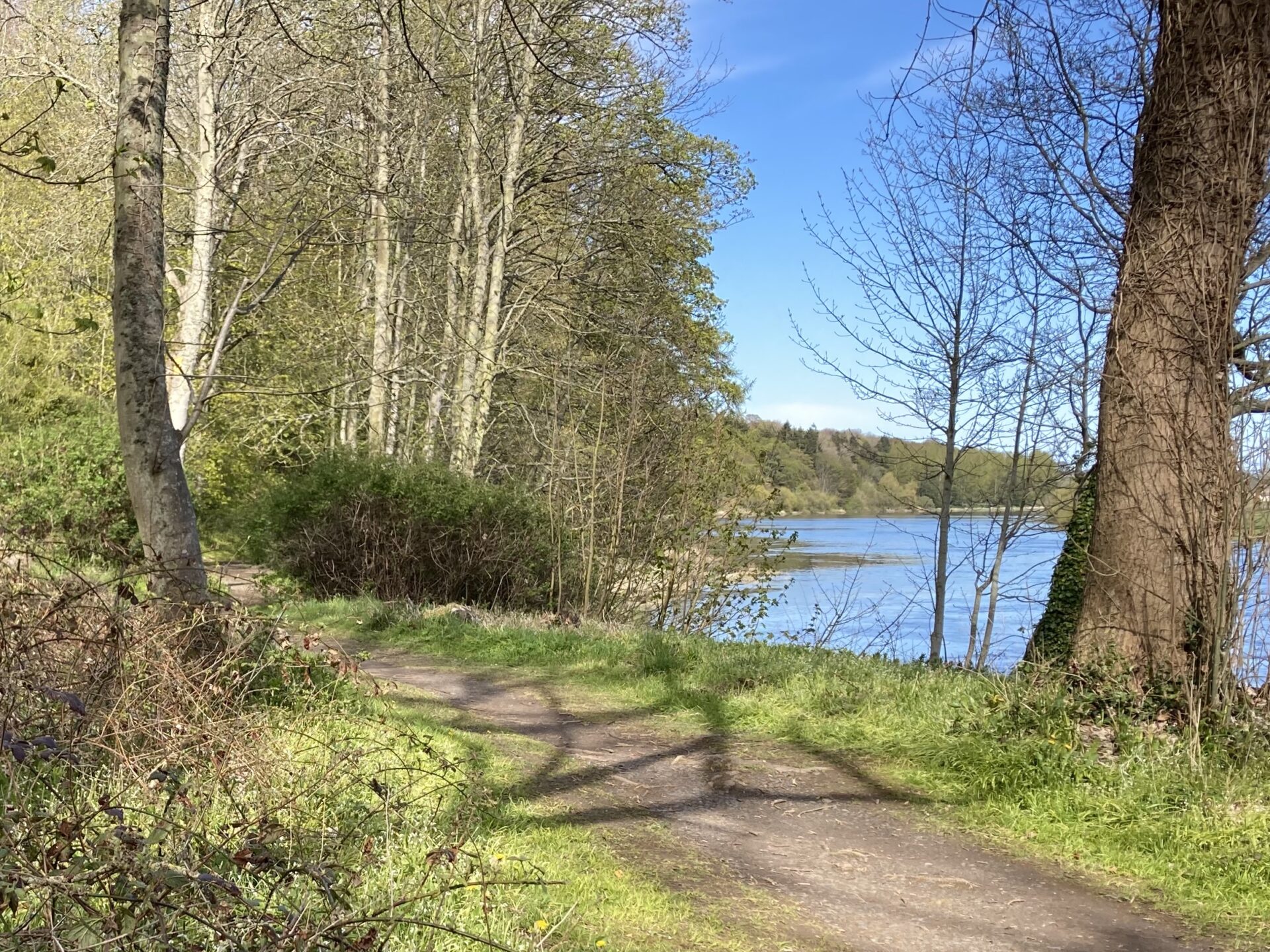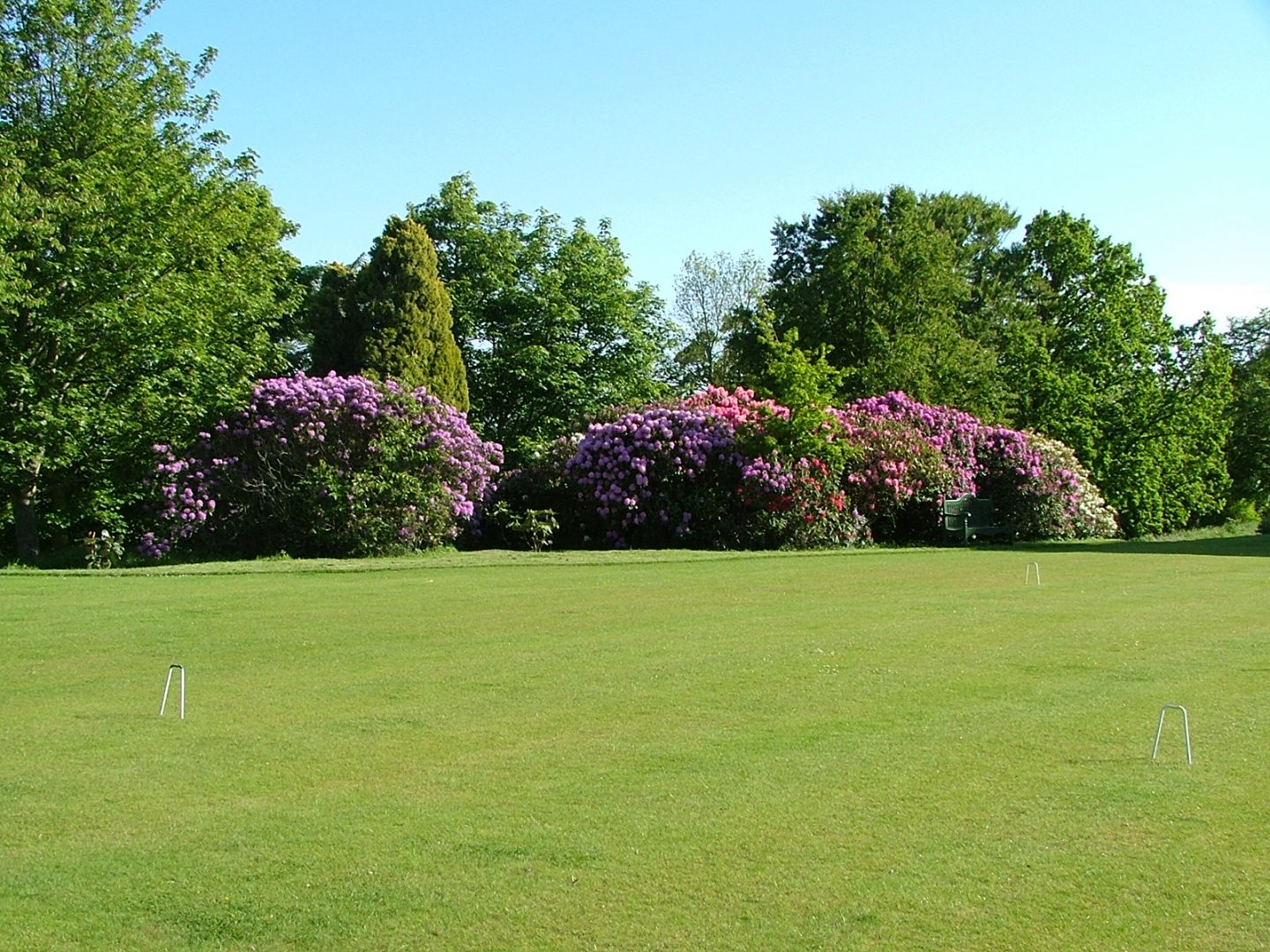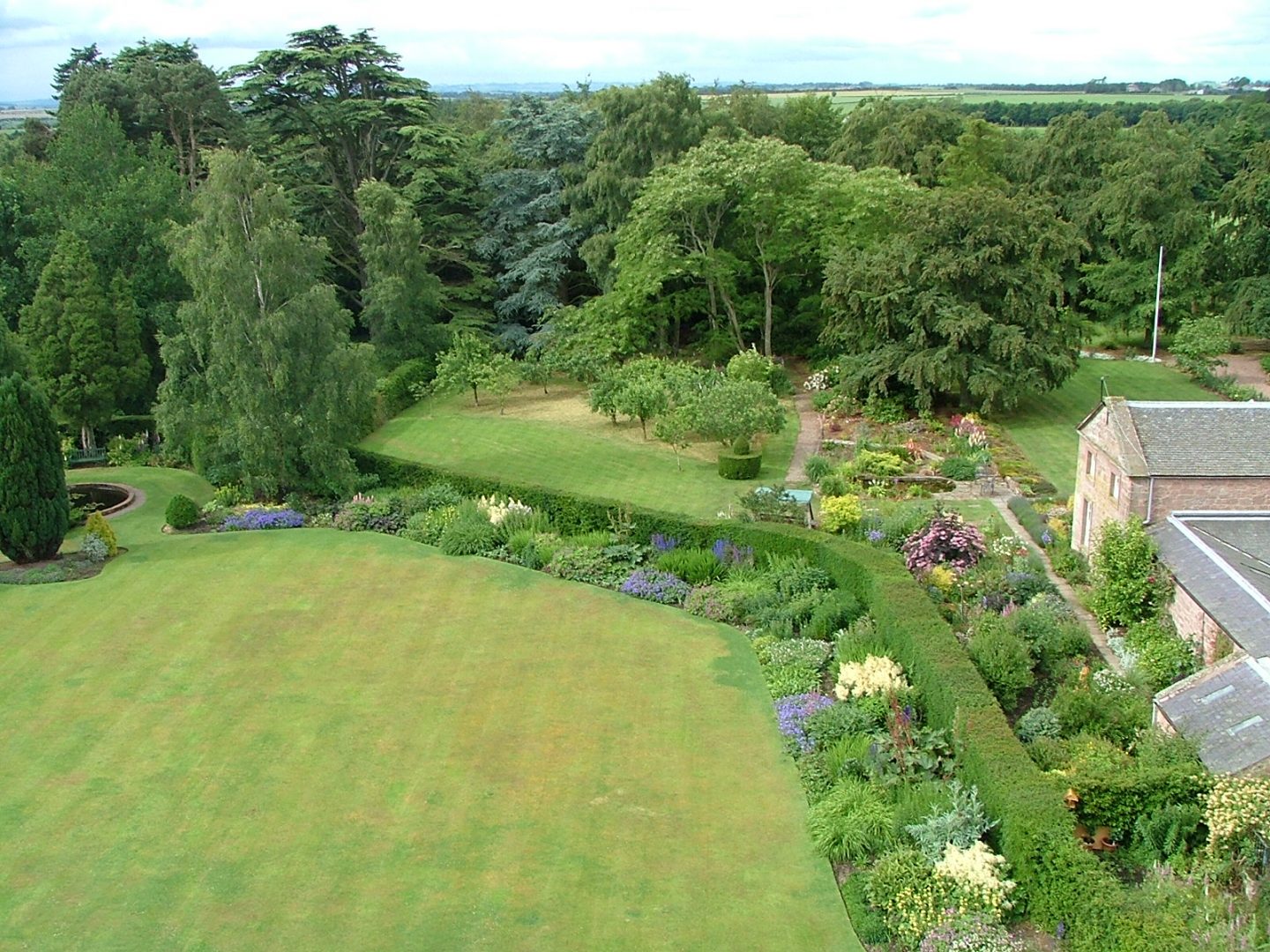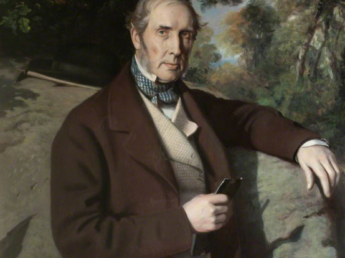Paxton House Gardens
The gardens and grounds that surround Paxton House are part of a carefully planned landscape designed to set off the house. In exploring them, you will be passing through many of the evolving fashions in garden design over the centuries.

Georgian landscape
When Patrick Home built Paxton House in the 1750s, he wanted his new house to have a fashionable setting. Landscape gardens, where an idealised idea of countryside came right to the walls of the house were in vogue at the time, so Patrick commissioned Scottish landscapist, Robert Robinson, to design his grounds. Robinson was known as a follower of Lancelot ‘Capability’ Brown, a Northumbrian, who was largely responsible for the craze for landscaping that swept Britain in the 18th century.

Very Picturesque
The setting at Paxton with its steep slope down to the river Tweed, its ravines and views to the Cheviot Hills conformed very closely to the Georgian idea of the picturesque – natural scenes which inspired emotion and could be framed, like a picture. Think Georgian Instagram. Walk the paths at Paxton as they wind through shady woodland between natural ravines and specimen trees, alternately screening and revealing the river Tweed and the Cheviot Hills to the South, and you are taking a thoroughly Georgian style of walk.

A touch of the Himalayas
In the 19th century, planthunters from Britain ranged the world bring back new species of flowering plants. Few were more spectacular than the varieties of rhododendrons and azaleas from the Himalayas which the Home family planted in the woodland gardens where the conditions suit them ideally.

Return of Flower beds
When George Home built the regency Picture Gallery, he broke up the landscape planting around the house by introducing flower beds between 1817 and 1819. The descendants of these flower borders are the herbaceous beds planted in the early 20th century.

Biblical boulders
Look out for large rocks in the gardens, some of these are specimens moved here by David Milne Home who inherited Paxton House in 1852. He was a pioneering scientist who studied earthquakes and named the recently invented seismometer. Founder of the Scottish Meteorological Society, he was also deeply religious and believed that these glacial boulders were evidence of the Biblical flood.